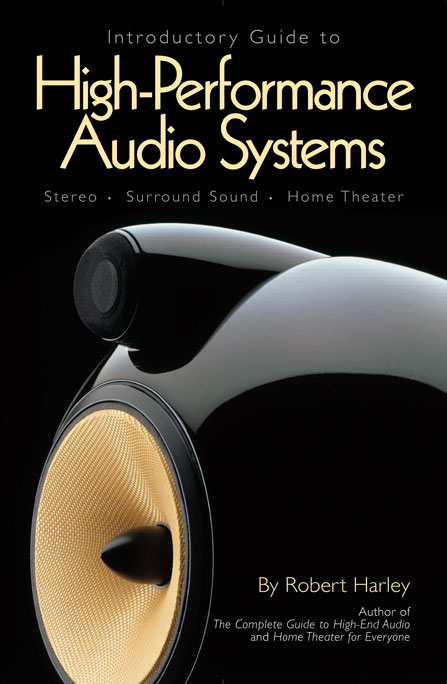solderdude
Grand Contributor
It's even worse than the chicken egg thing.
The point is, the measurements give us the vocabulary we need. Numbers. DONE.
So.. how would someone, that hasn't got the faintest idea what the plot below tells the initiated (the numbers), know if they might like the sound of this headphone ?
Just telling a casual reader that it should be 'following the dotted line' as close as possible (without showing a tolerance band) is not enough IMO.
There are loads of people liking this headphone and plenty that would never buy it based on the numbers below only.
Would you buy it ?
This is what Amir said about it:
AKG K271 Listening Tests
While not perfect, out of the box tonality was close to what I expected to hear. My reference tracks immediately sounded (almost) right.
Would anyone (even the initiated) come to the same sound description as Amir based on the plots above ?
How would someone 'describe' the sound of this headphone based on the numbers ?
Last edited:


